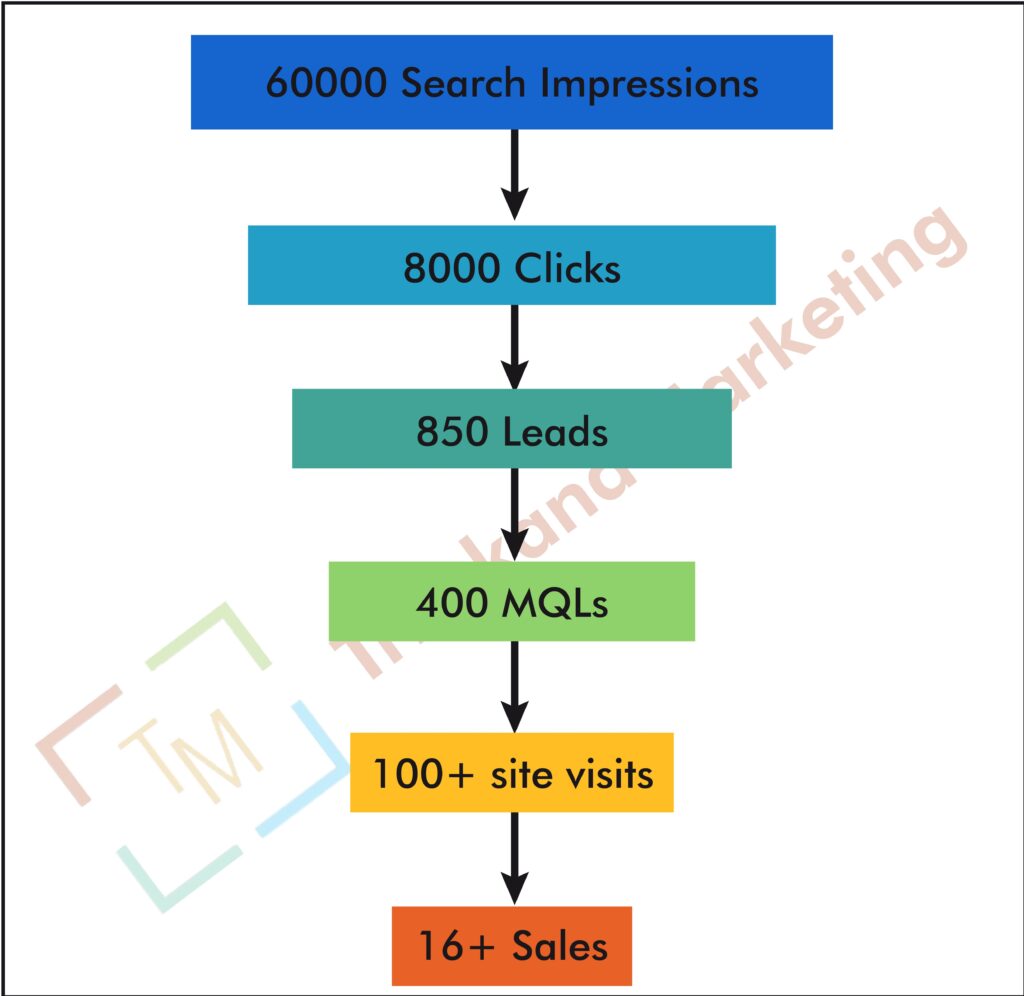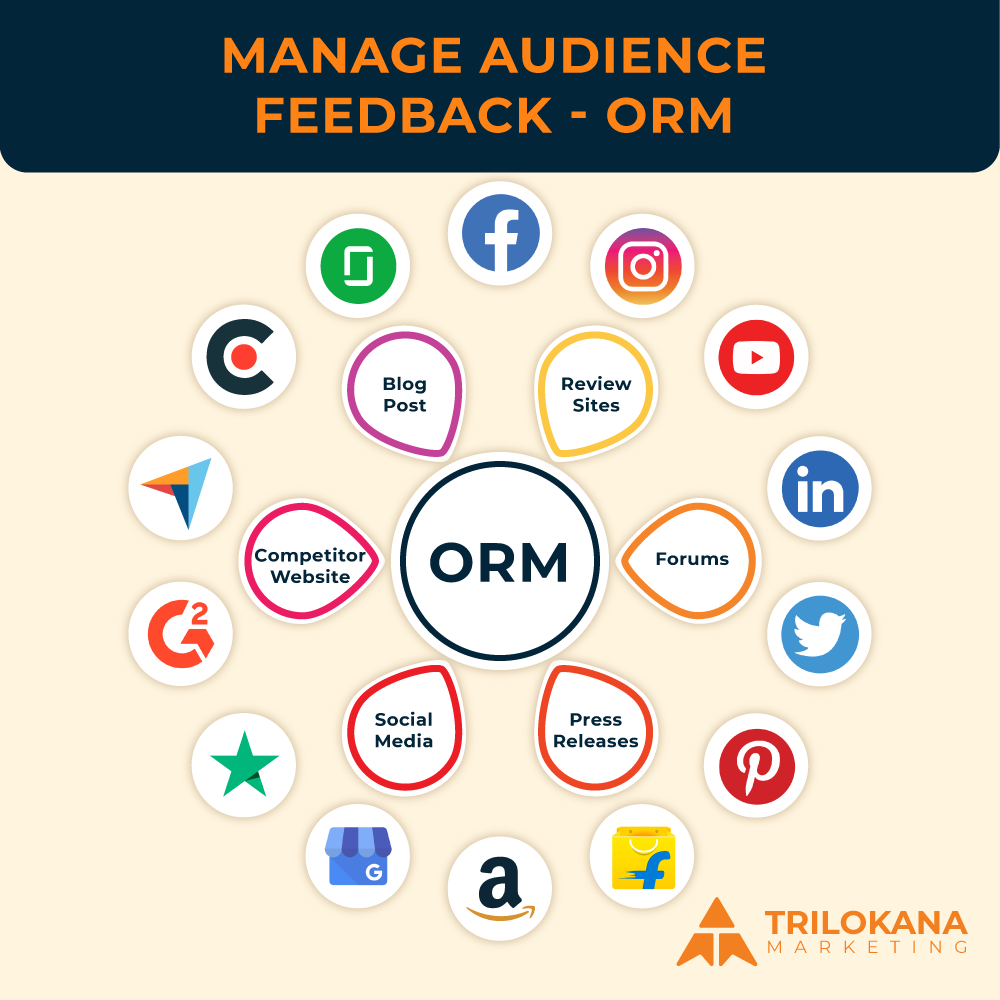In today’s competitive business landscape, Account-Based Marketing (ABM) has emerged as a powerful strategy for targeting high-value accounts. However, for ABM to succeed, alignment between sales and marketing teams is crucial. This alignment ensures that both teams work towards shared goals, leading to improved efficiency, higher conversion rates, and ultimately, increased revenue. In this article, we will explore the significance of aligning sales and marketing in ABM, strategies for achieving this alignment, and the benefits it brings to organizations.
Table of Contents
- The Importance of Sales and Marketing Alignment
- Challenges of Misalignment
- Strategies for Aligning Sales and Marketing
Measuring Success: Metrics for Alignment
The Importance of Sales and Marketing Alignment
Aligning sales and marketing is fundamental to the success of any ABM initiative. When both teams collaborate effectively, they can create a seamless experience for target accounts, enhancing the likelihood of conversion and retention. Here are some key reasons why alignment is essential:
- Enhanced Customer Experience: A coordinated approach allows for personalized communication that resonates with the needs and pain points of target accounts.
- Improved Efficiency: When sales and marketing work together, they can streamline processes, reduce duplicate efforts, and optimize resource allocation.
- Higher Conversion Rates: Aligned teams can create targeted campaigns that address specific challenges faced by accounts, leading to increased interest and engagement.
- Better Lead Quality: Collaboration ensures that marketing generates high-quality leads that are more likely to convert into paying customers.
Challenges of Misalignment
Misalignment between sales and marketing can lead to various challenges that hinder ABM success:
- Inconsistent Messaging: Different teams may convey conflicting messages to potential customers, creating confusion and mistrust.
- Wasted Resources: Disconnected efforts can result in wasted time, budget, and resources, impacting the overall ROI of ABM initiatives.
- Poor Lead Management: Without alignment, leads may fall through the cracks or be improperly nurtured, leading to missed opportunities.
- Lack of Accountability: Misalignment can create unclear responsibilities, making it difficult to track performance and accountability.
Strategies for Aligning Sales and Marketing
3.1 Establish Shared Goals
Setting shared goals is the foundation of effective alignment. Both teams should agree on common objectives, such as increasing revenue from target accounts, improving lead conversion rates, or enhancing customer retention. This shared vision fosters collaboration and accountability.
- SMART Goals: Ensure that goals are Specific, Measurable, Achievable, Relevant, and Time-bound. This clarity helps both teams understand their contributions to ABM success.
3.2 Develop a Unified ABM Strategy
Creating a unified ABM strategy that incorporates input from both sales and marketing is vital. This strategy should outline target accounts, messaging, tactics, and timelines.
- Buyer Personas: Collaboratively develop detailed buyer personas to understand the needs, challenges, and preferences of key stakeholders in target accounts.
- Account Selection Criteria: Agree on criteria for selecting high-value accounts to target, ensuring both teams prioritize the same accounts.
3.3 Implement Regular Communication
Establishing a routine for communication between sales and marketing teams fosters transparency and collaboration. Regular meetings, joint planning sessions, and updates can help keep both teams aligned.
- Weekly or Monthly Check-Ins: Schedule regular check-ins to discuss progress, share insights, and address any challenges. This promotes open dialogue and encourages feedback.
3.4 Utilize Technology
Leveraging technology can facilitate alignment by providing tools for collaboration, data sharing, and performance tracking.
- CRM Systems: Implement a Customer Relationship Management (CRM) system that both teams can access to track leads, opportunities, and account interactions.
- Marketing Automation Platforms: Use marketing automation tools to streamline communication, automate tasks, and measure campaign effectiveness.
3.5 Foster a Collaborative Culture
Encouraging a culture of collaboration is key to aligning sales and marketing. Promote teamwork, celebrate joint successes, and encourage both teams to share their expertise.
- Cross-Functional Workshops: Organize workshops or training sessions that bring both teams together to learn from each other’s strengths and perspectives.
- Shared Recognition: Acknowledge and reward joint achievements to reinforce the importance of collaboration in ABM success.
Measuring Success: Metrics for Alignment
To assess the effectiveness of alignment between sales and marketing, it’s important to track relevant metrics. Consider the following:
- Lead Conversion Rates: Measure the percentage of leads generated by marketing that convert into opportunities and ultimately customers.
- Sales Cycle Length: Track the average time it takes to convert a lead from a target account into a customer, assessing the efficiency of collaboration.
- Account Engagement Metrics: Analyze engagement levels from target accounts, including website visits, content downloads, and event participation.
- ROI of ABM Initiatives: Calculate the return on investment from ABM efforts, comparing revenue generated from targeted accounts to the costs incurred.
Conclusion
Aligning sales and marketing teams is essential for the success of Account-Based Marketing initiatives. By fostering collaboration, establishing shared goals, and implementing effective strategies, organizations can create a seamless experience for target accounts. The result is improved efficiency, higher conversion rates, and enhanced customer relationships.
As businesses continue to navigate the complexities of the modern marketplace, prioritizing alignment between sales and marketing will be key to achieving sustainable growth through ABM. By measuring success and continuously refining strategies, organizations can ensure their ABM efforts deliver maximum impact.



